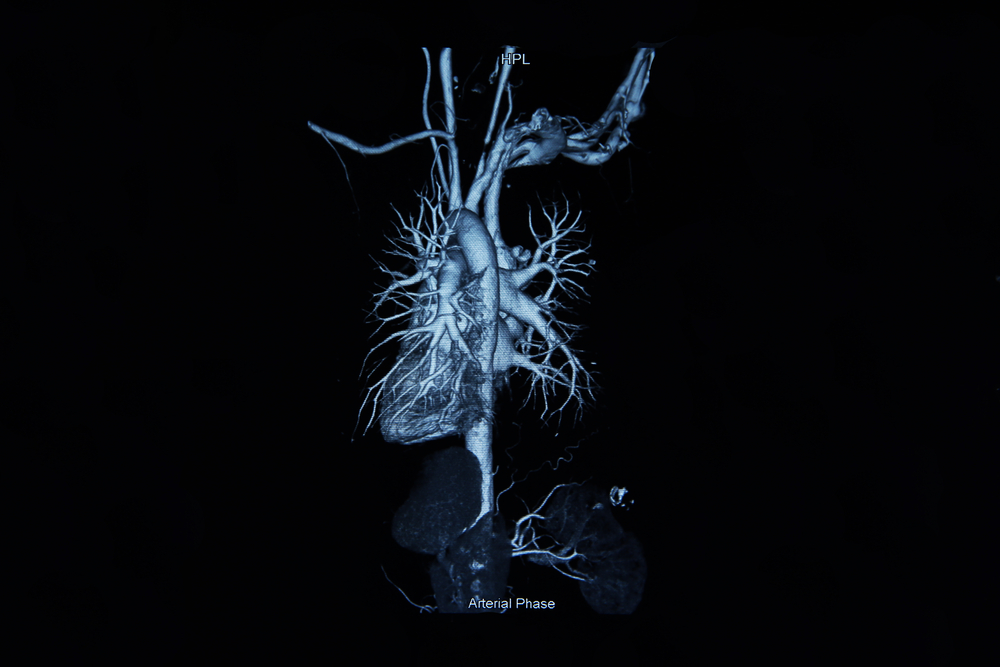My doctor told me that I have a problem with the blood supply to my heart and that I need a coronary angiogram. He said he is going to stick me in the groin, but I’m really uncomfortable with this. I’ll have to lie down for six hours afterwards, but I have frequent back pain. I also heard that there can be a lot of complications with this procedure. Are there any alternatives? If so, what are they?
You’re correct in that you have to lie down for about six hours after a traditional coronary angiogram. Coronary angiograms require that cardiologists introduce a catheter – a thin tube inserted in your artery and guided near your heart – to determine blockages near the heart, typically using the femoral artery in your groin. This is called a transfemoral catheterization.
However, there are many complications that can arise from inserting a catheter through your femoral artery. For instance, you could develop AV fistula, aneurysms, or a hematoma with the transfemoral approach. Also, because the transfemoral artery is a large artery, there is even a risk of death from exsanguination, or blood loss. Elderly and obese patients are at an especially increased risk of bleeding complications from transfemoral catheterization.
So are there alternatives to this method? The simple answer to your question is yes.
Minimally Invasive Angiogram
By inserting a catheter through the radial artery in your wrist, a coronary angiogram can be a minimally invasive procedure. Using the radial artery to insert a catheter is called transradial catheterization.
Most people you know have probably had a coronary angiogram via a femoral artery catheterization. In 2008, when I first started practicing in Florence, less than 3% of angiograms in the United States were done via the radial artery. According to a study from 2015, now almost 30% of angiograms in the United States are done this way. All over the world, 70% of these angiograms are performed via the radial artery, and in some countries, this percentage is more than 90%.
Why? Well, there are actually many benefits to using the radial artery instead of the femoral artery.
Benefits of Transradial Catheterization
Studies show that using the radial artery means fewer chances of complications occurring. Because the radial artery is smaller than the femoral artery, there is less risk of bleeding, AV fistula, aneurysms, or a hematoma. Also, the risk of death from exsanguination is virtually eliminated with a radial artery catheterization. In fact, studies report that the recovery is quicker when using the radial artery. You are able to walk immediately after the procedure – as opposed to the femoral artery catheterization which requires you to lie down afterwards. This is especially good news for patients with back pain, and this ultimately leads to a much shorter hospital stay, a lower cost to the patient, and less discomfort overall.
If you want to learn more about angiograms or discuss your heart health, call the Cardiovascular Institute of the Shoals at 256-766-2310 to schedule an appointment.

